Courses Infomation
Advanced Mindfulness: The Practice of Compassionate Presence by Dennis Gaither & J. David Cole

Advanced Mindfulness: The Practice of Compassionate Presence by Dennis Gaither & J. David Cole
**More information:
Description
- Apply 7 specific mindfulness interventions in both your personal and professional life
- Teach clients to calm overwhelming emotional states
- Help your clients manage anger, depression, anxiety
- Teach easy-to-understand mindfulness practices to clients
- Relax your body and quiet your mind
- Move through your day with calmness and clarity
This best-selling seminar will provide you with practical strategies for the implementation of mindfulness techniques to help your clients manage anger, depression, anxiety and calm other overwhelming emotional states. In addition, you will be able to use effective mindfulness techniques to enhance your clinical skills and become more mindful in both personal and professional situations.
Watch this recording and increase your understanding of the relationship between mindfulness, attunement, attachment and the healing process. You will also take home specific client interventions employing non judging present moment awareness. These skills will increase focus, clarity and effectiveness in the therapeutic relationship. Theoretical material, an extensive reading list and descriptions of the exercises in the workshops will be available in your handbook which is included with your registration.
Mindfulness
- Relationship of mindfulness to compassion
- Basic elements
- Origins and history of Mindfulness
- Practice in everyday life
- Effects on health, stress reduction
- Use in clinical practice
- How to present mindfulness to clients
- Exercise: Using the breath for mindfulness and learning
- Exercise: Body scan
Mindfulness of Non-Verbal Behavior
- Importance of tracking self and others
- Tracking non-verbal context and verbal content
- Non-verbal indicators and their uses
- Noticing the quality of connection
- Acknowledging present moment experience
- Exercise: Naming
Mindfulness and Attachment
- Distinctions between alignment, attunement, and resonance
- Optimal/sub-optimal styles of attachment
- Earned status in adults
- Alignment skills (acknowledgement)
- The benefits of attunement in clinical practice
- Developing and maintaining resonance in ongoing therapy
- Exercise: Being With*
Receptivity and Nourishment for Therapists
- Self-nourishing practices
- Practicing presence
- Finding something nourishing in another
- Receptivity to non-verbal communication
- Relational mindfulness in clinical practice
- Reducing stress and burnout
- Exercise: True Colors*
Mindfulness in Practice
- Setting up mindfulness slowing the session down
- Jumping out of unproductive systems
- Recognizing organizing principles
- Experimenting with organizing principles
- Exercise: Creating experiments in mindfulness
Mindfulness as Self-leadership
- Internal Family systems model
- Identifying parts (self-states)
- Introducing parts language
- What is the self in parts theory?
- Un-blending from strong emotions
- Productive questions for working with parts
- PowerPoint with video clips of live therapy sessions
*Created by Ron Kurtz founder of Hakomi
More information about Medical:
Medicine is the science and practice of establishing the diagnosis, prognosis, treatment, and prevention of disease.
Medicine encompasses a variety of health care practices evolved to maintain and restore health by the prevention and treatment of illness.
Contemporary medicine applies biomedical sciences, biomedical research, genetics, and medical technology to diagnose, treat, and prevent injury and disease,
typically through pharmaceuticals or surgery, but also through therapies as diverse as psychotherapy, external splints and traction, medical devices, biologics, and ionizing radiation, amongst others.
Medicine has been around for thousands of years, during most of which it was an art (an area of skill and knowledge) frequently having connections to the religious and
philosophical beliefs of local culture. For example, a medicine man would apply herbs and say prayers for healing, or an ancient philosopher and physician would apply bloodletting according to the theories of humorism.
In recent centuries, since the advent of modern science, most medicine has become a combination of art and science (both basic and applied, under the umbrella of medical science).
While stitching technique for sutures is an art learned through practice, the knowledge of what happens at the cellular and molecular level in the tissues being stitched arises through science.
Salepage : Advanced Mindfulness: The Practice of Compassionate Presence by Dennis Gaither & J. David Cole

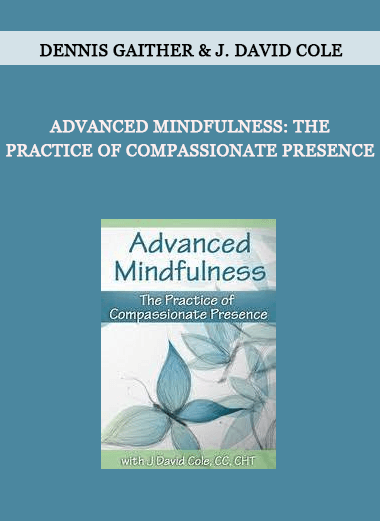
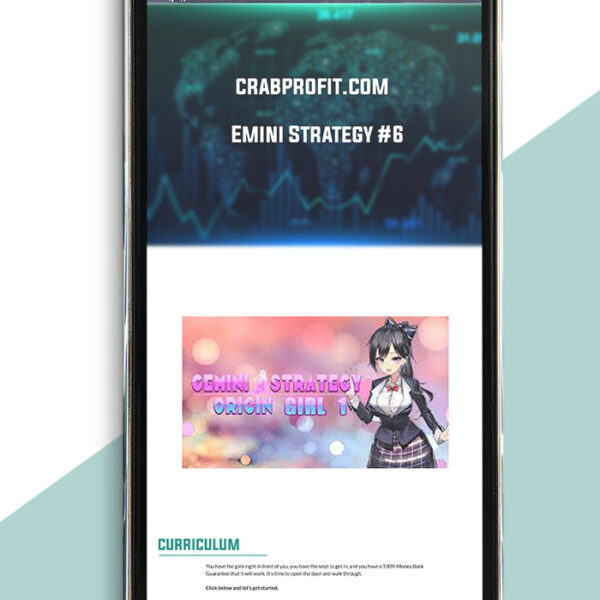

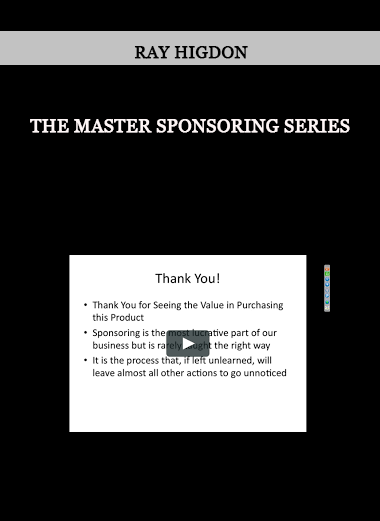

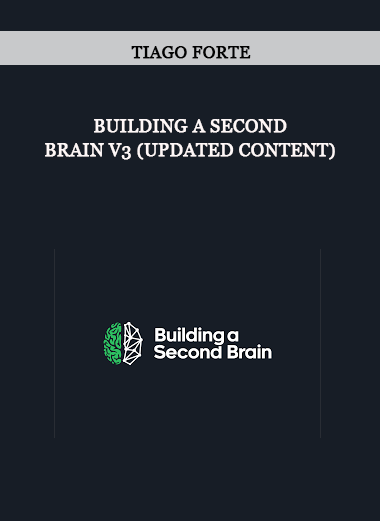
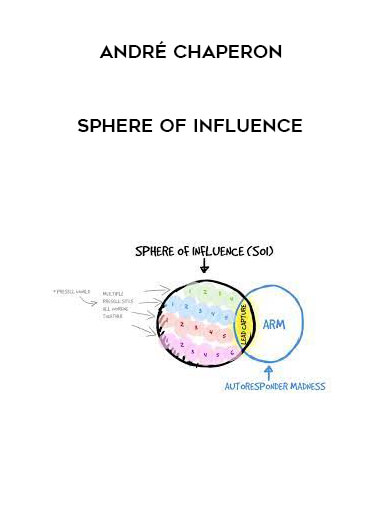
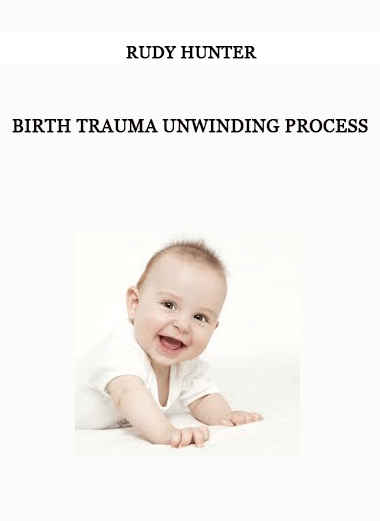


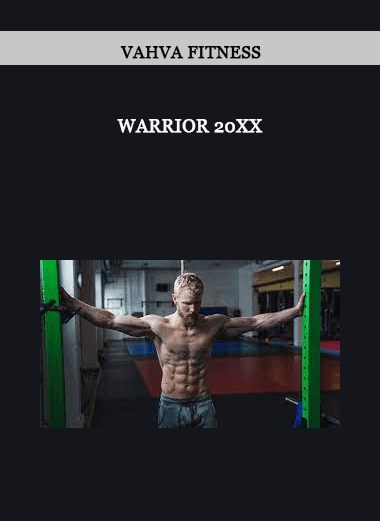



















Reviews
There are no reviews yet.